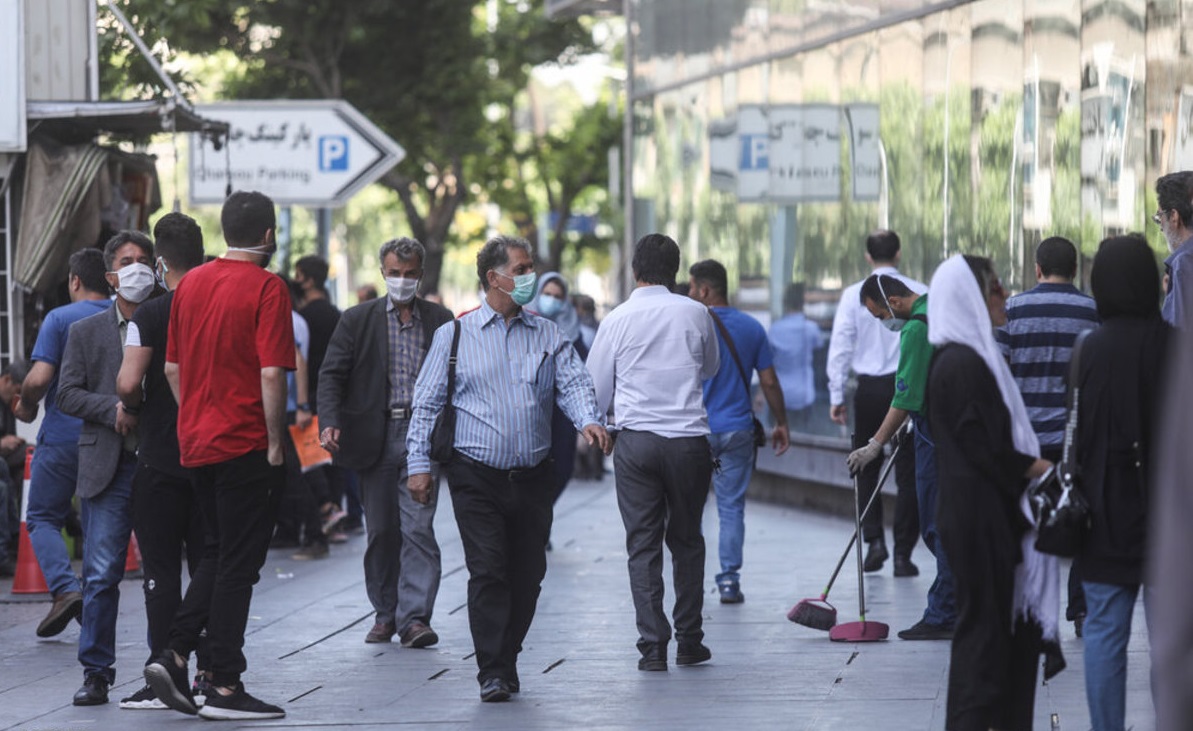Despite achieving laudable improvements in indexes such as adult literacy, infant mortality and pregnancy-related deaths and life expectancy, Iran’s policies have failed to achieve goals related to social welfare and poverty alleviation.
Economic indicators, such as Gini coefficient, the proportion of population below the poverty line, consumption of essential goods, housing and healthcare poverty, the proportion of population covered by social insurance, the number of people eligible for unemployment benefits and the gap between minimum wage and living wage, testify to this reality.
According to a report by the Ministry of Cooperatives, Labor and Social Welfare, one-third of the Iranian population, or 27 million people, lives in absolute poverty compared with 20%, or 14 million, in the year ending March 2007. Consumption of essential goods has decreased significantly and the country’s Gini coefficient stood at levels above 4%, i.e., above the global average for the better part of the past two decades.
Currently, at least 40% of employees don’t have social insurance coverage, there is not a single insured member in 47% of households and 68% of these households fall in the top five low-income deciles. Less than 30% of the employed population are entitled to unemployment benefits and the financial support extended to people by state welfare bodies is insufficient and well below global standards.
The main reasons behind the country’s failure to achieve its welfare goals, according to the report, fall into two categories: macroeconomic conditions and inefficiency of social welfare system.
Macroeconomic conditions include the drastic decline in per capita income over the past decades and the significant rise in inflation and unemployment rates. On the other hand, lack of integration of sporadic financial resources used by various organizations to offer welfare services and lack of coordination among the components of the policy have given rise to two errors: not covering the have-nots while covering the haves.
In addition, by probing into the annual budget laws, it becomes evident that resources allocated to poverty alleviation programs were not sufficient to reduce poverty.
Under the circumstances, the emphasis made on the essentials of an integrated social security system by the Leader of Islamic Revolution Ayatollah Seyyed Ali Khamenei on Nov. 24, 2020, and in the runup to preparation of the Seventh Five-Year Development Plan, the Ministry of Cooperatives, Labor and Social Welfare prepared a set of policies to overhaul welfare and social security systems of the country as follows:
- Replacing the universal cash payment support by creating social protection floors for vulnerable groups with the priority given to the elderly, children, female householders, disabled people, the unemployed and unofficial employees;
- Creating a dynamic mechanism for the inclusion or exclusion of people from the welfare benefit programs;
- Increasing the share of budget in poverty alleviation programs by raising the share of social welfare in the country’s general budget, monitoring social welfare budget by reforming the budget classification system, creating a mechanism for organizations to observe the shares of low-income deciles when it comes to allocating resources and subsidies (for example, in education, healthcare, housing, essential goods, etc.);
- Introducing reforms in the unemployment insurance system, including maximum coverage of premium payers instead of employing the minimum benefit approach, covering needy families who don’t have an insured member, conditioning unemployment benefits payment of those who lack prior premium payment on empowering families through technical and vocational training, paying unemployment benefits to those who haven’t paid premiums through loans rather than funds and requiring them to repay the loans when they manage to find a job and earn a living;
- Implementing a universal social insurance scheme that addresses inequities in the government’s share of premium.


